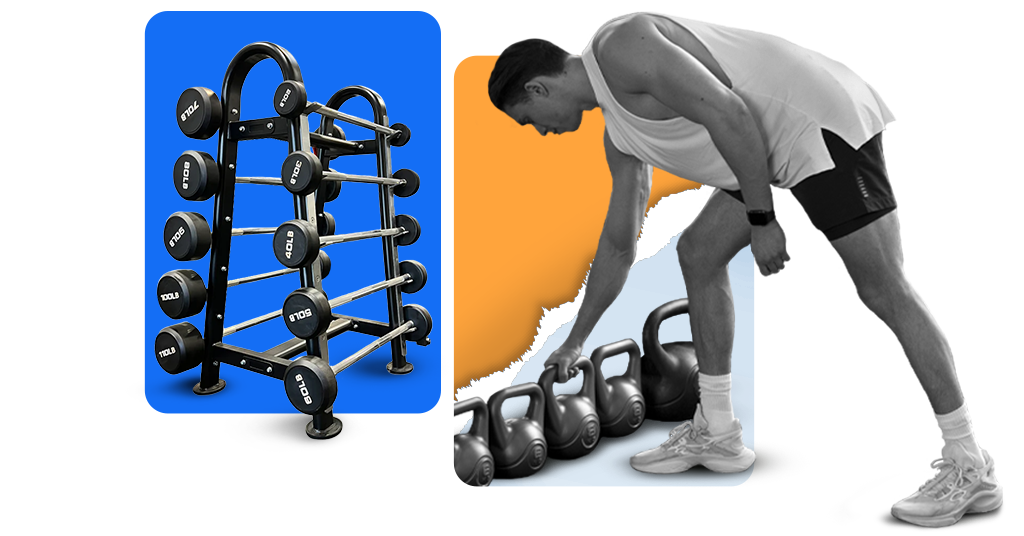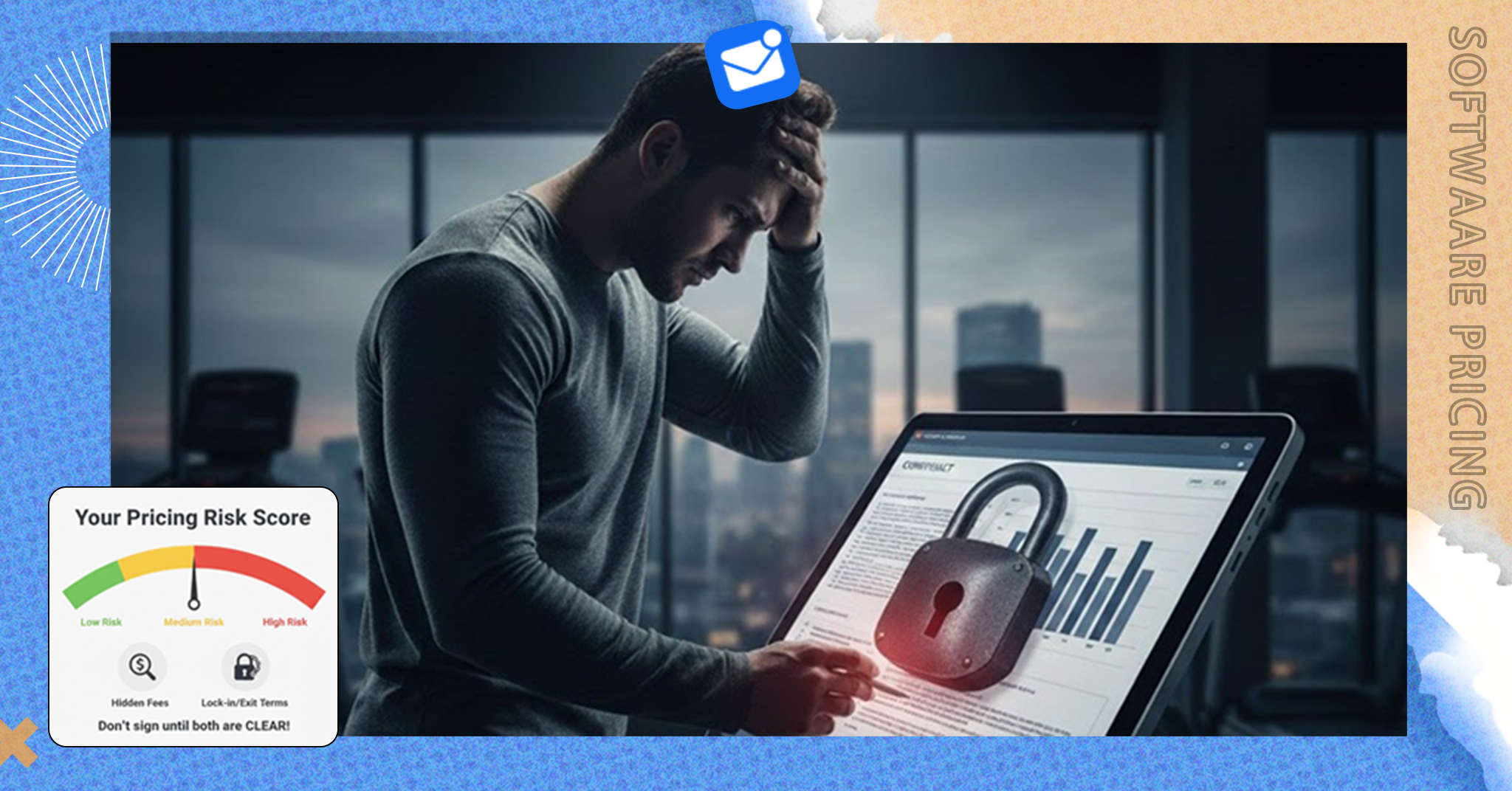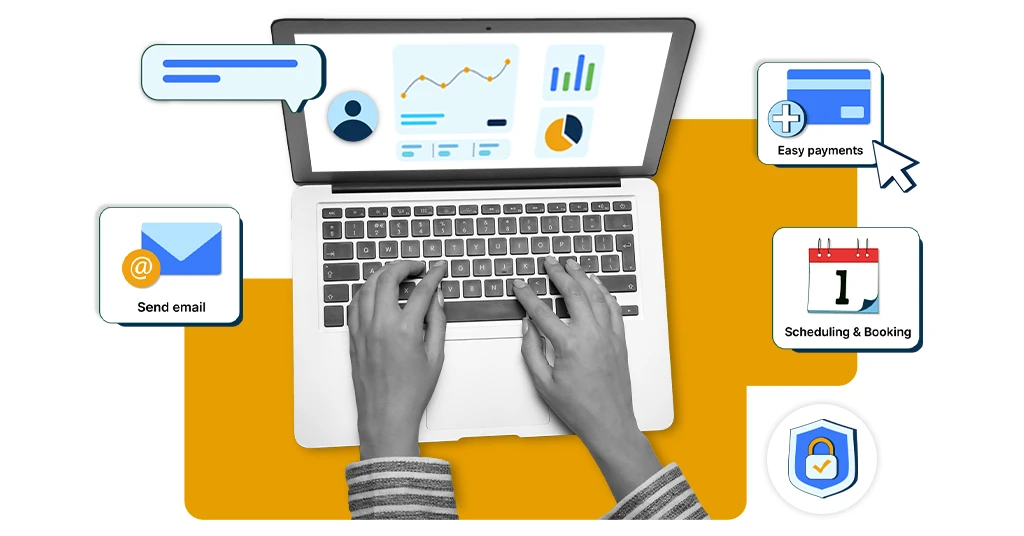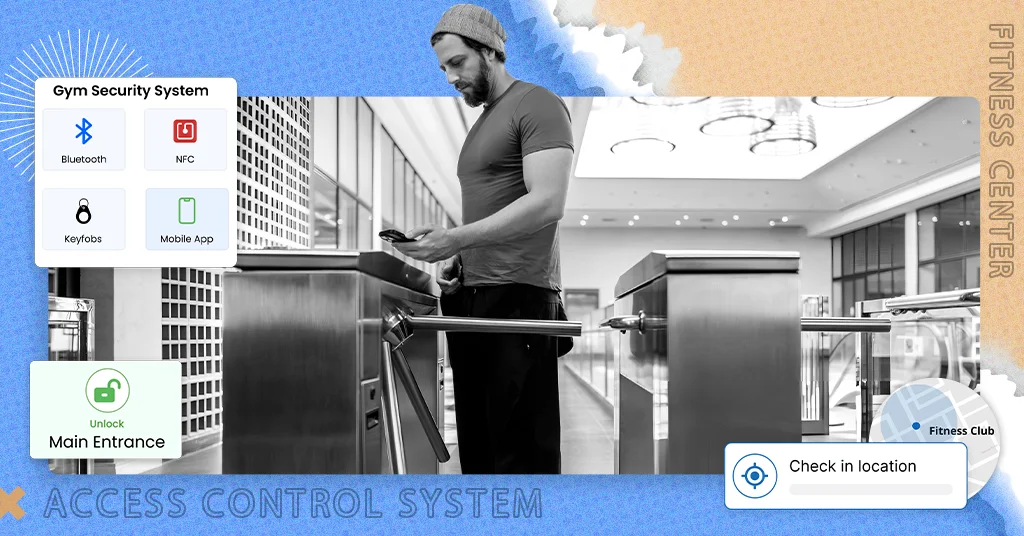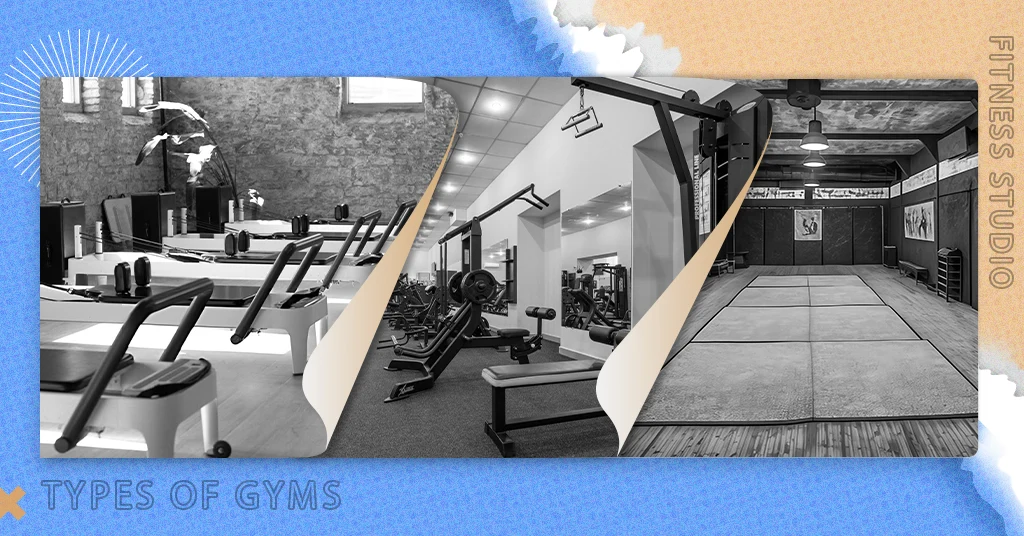Starting your gym is exciting, but let’s be honest, there’s one challenge that is impossible to ignore: choosing the right equipment.
With endless options available out there, it is easy to get lost in the sea of weights, machines, and gadgets. The last thing you want is to end up with a pile of gear that does not fit the vibes of your gym, blows your budget, and frustrates your members.
| 🧠 Did you know that equipment-related injuries accounted for over 409,000 incidents in 2021? This highlights the risks associated with improper equipment use or maintenance, which happens more than you think. |
The truth is, picking equipment is not about the flashiest new models. It’s about finding the right pieces that will actually work for your members and align with your goals.
But don’t stress. There’s a way to get it right from the start. By following a few smart tips, you can make choices that will keep your gym and your members happy.
So, let’s jump in and make sure you avoid the common pitfalls when selecting equipment for your gym.
Start by understanding your gym’s needs
Before you even think about equipment, take a moment to consider who is using your gym.
- Are they fitness newbies?
- Hardcore bodybuilders?
- Or maybe a mix of both?
The right equipment depends on the kind of workouts your members are after.
Pro tip ➔ why not ask your members what they prefer? A quick survey can give you invaluable insights into what your crowd wants.
| 🔍 To illustrate the importance of understanding a gym’s needs when selecting equipment, consider the example of WIP Fitness, a fitness facility located in Newcastle under Lyme, UK. WIP Fitness collaborated with Again Faster to design their gym. They focused on creating a space that promotes functional movement and can adapt to various training sessions. The owner emphasized the necessity of having robust equipment with great design features that offered superb value for money. They specifically sought out equipment that would cater to their diverse classes. This includes personal training, functional workouts, and HIIT sessions. This targeted approach allowed them to meet their clientele’s needs effectively. Also, this helps them ensure the equipment would withstand heavy use over time. This case exemplifies how gym owners can start by assessing their target audience’s specific requirements and preferences. This helps them to make informed decisions about the equipment they invest in, ultimately leading to successful gym operations. |
Finding the balance between budget and quality
Undoubtedly, gym equipment can get pricey. But the key here is finding a balance between cost and quality. You don’t need to break the bank to get top-notch gear.
Here’s a simple breakdown of what you can expect when purchasing different types of gym equipment:
| Equipment type | Average price range | Pros | Considerations |
| Cardio Machines | $1,500 – $4,000 | Essential for fat loss, endurance | Expensive upfront, requires space |
| Strength Training | £500 – £3,000 | Versatile, popular with members | Free weights need space, and benches |
| Functional Tools | $20 – $300 | Great for variety and core strength | Compact but requires storage space |
| Group Class Equipment | $800–$1,500 | Affordable, great for classes | Must be durable for group use |
| 💡 Smart suggestion ➔ If you are on a tight budget, consider leasing equipment. Leasing helps you keep upfront costs low and allows you to upgrade as your business grows. |
What equipment should you focus on?
Now that you know your budget, let’s talk about what you should actually buy. Here are the must-haves for almost every gym.
Cardio machines
These are a staple in any gym, but which ones should you invest in? Here’s the breakdown:
| Cardio equipment | Average price range | Why do you need it | Best for |
| Treadmills | $1,500–$3,000 | Popular, great for runners | Weight loss, endurance |
| Stationary bikes | $1,200–$2,500 | Low-impact, easy on joints | Cardio workouts, cycling |
| Rowing machines | $1,200 – $3,500 | Full body workout | Low-impact, great for toning |
| Ellipticals | $1,200 – $4,000 | Joint-friendly cardio | Weight loss, endurance |
Strength training equipment
While cardio is essential, strength training equipment is equally important. Here is what you need to know.
| 📌 Fun fact ➔ The dumbbell is one of the oldest pieces of gym equipment, dating back to ancient Greece. They have been used for centuries to build strength. |
Functional training tools
These pieces are great for adding variety and targeting different muscle groups.
| Functional tools | Price range | Why do you need it | Best for |
| Medicine Balls | $25–$70 | Great for core and full-body workouts | Functional training and HIIT |
| Resistance Bands | $20 – $60 | Compact, cheap, easy to store | Mobility, Rehabilitation |
| Battle Ropes | $100–$300 | Excellent for HIIT workouts | Strength and endurance |
Plan your gym layout for maximum efficiency
It is not just about what equipment you buy. It is also about how you arrange it. A good layout can make your gym feel safe, spacious, and welcoming.
| 📌Best Practice: For smaller spaces, go for equipment that can be stored away when not in use, like foldable benches or movable kettlebells. |
Here’s a simple way to plan your space:
| Area | Equipment to consider | Best layout |
| Cardio zone | Treadmills, bikes, rowing machines | Spread out to avoid congestion |
| Strength area | Dumbbells, barbells, squat racks | Keep it open, separate from cardio |
| Functional space | Kettlebells, medicine balls | Center of the gym for easy access |
Keep equipment maintenance in mind
No one wants to be stuck with broken equipment. Maintenance ensures that your gym stays in top shape and your equipment lasts for years. It is highly recommended to create a simple maintenance schedule.
Check things like weight racks, treadmill belts, and cable machines every few months to avoid costly repairs.
Time to upgrade your gym
Choosing the right equipment for your gym does not have to be overwhelming. By understanding your members’ needs, planning your space wisely, and sticking to your budget, you can create a gym that members will love and help your business thrive. Need help managing your gym’s operations? GymRoute has all the tools to streamline your workflow, manage your members, and keep everything running smoothly.
